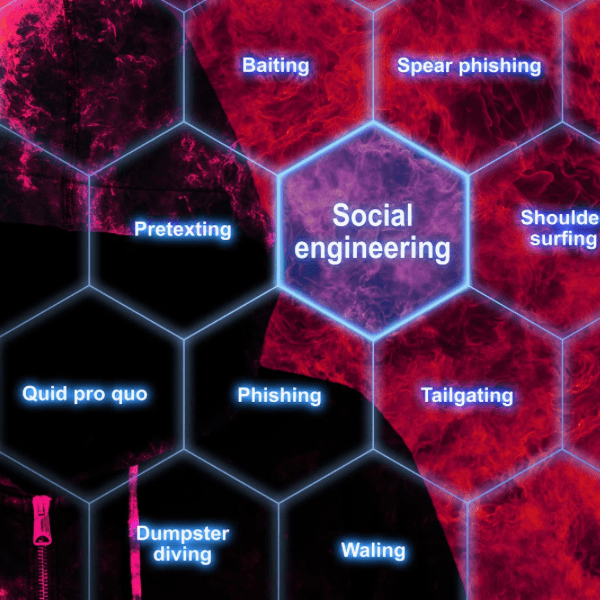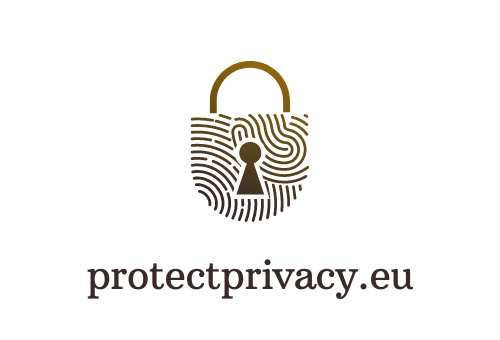The Psychology of Social Engineering: Why We Fall for Scams

Social engineering attacks represent a sophisticated intersection of technological manipulation and psychological exploitation. These attacks are not just about hacking computers; they’re about hacking human minds. To effectively defend against them, it’s essential to delve deeper into the psychological tricks employed and develop comprehensive strategies for education and awareness.
The Intricate Web of Deception: Psychological Tricks in Social Engineering
Social engineering leverages several psychological principles to deceive and manipulate. Understanding these can help in recognizing potential threats:
- Authority Principle: Human beings have an inherent tendency to comply with authority figures. Attackers often impersonate police officers, company executives, or other positions of authority to exploit this tendency. They might use official-sounding language or fake credentials to seem more convincing.
- Urgency and Scarcity: These tactics prey on our fear of loss and desire for gain. Scammers create false deadlines or limited-time opportunities, pushing their targets into making hasty decisions without proper scrutiny.
- Social Proof and Conformity: People are more likely to engage in actions endorsed by others. Attackers fabricate scenarios where ‘others’ (who are nonexistent or accomplices) have already complied, encouraging the target to follow suit.
- Reciprocity and Obligation: This principle is based on the human need to return favors and maintain social fairness. Scammers might offer unsolicited help or gifts, expecting you to reciprocate by providing confidential information or access.
- Familiarity and Trust: By researching their targets, scammers create a false sense of familiarity, exploiting the trust that comes with it. They might reference personal details found on social media to build rapport and lower defenses.

Strengthening Defenses: Comprehensive Strategies Against Social Engineering
Building a defensive mindset involves several layers of awareness and precaution:
- Enhanced Critical Thinking: Encourage questioning and skepticism, especially for unsolicited communications. Teach individuals to recognize the signs of manipulation and to analyze the context and source of information critically.
- Robust Identity Verification: Instruct individuals and employees to verify the identity of anyone requesting sensitive information. Use official contact information from trusted sources, not the details provided in the request.
- Emotional Intelligence Training: Educate about the common emotional manipulations used in these scams. Developing emotional intelligence helps in recognizing when an emotional response is being artificially triggered.
- Privacy and Information Sharing: Advocate for cautious sharing of personal information online. Regularly review privacy settings on social media and be mindful of the publicly available information.
- Organizational Training Programs: Businesses should invest in regular, updated training programs that simulate real-world scenarios. These programs should cover the latest tactics used by scammers and how to respond to them.
- Technological Safeguards: While technology is not foolproof, it’s an essential layer of defense. Use and regularly update antivirus software, firewalls, and email filters. Additionally, employ network monitoring to detect unusual activities.
- Reporting and Communication Channels: Establish clear channels for reporting suspected social engineering attempts. Open communication in organizations can prevent the spread of these attacks.
Read Next: The Importance Of Cyber Hygiene – Beyond Just Passwords
Conclusion: Fostering a Culture of Cyber Vigilance
The fight against social engineering is ongoing and dynamic. It demands not only individual alertness but also a culture of collective cybersecurity awareness. By understanding the psychological manipulations at play and implementing multi-faceted defense strategies, we can create a more resilient environment against these insidious threats. It’s about being perpetually informed, critically aware, and collectively proactive in our approach to cybersecurity.








